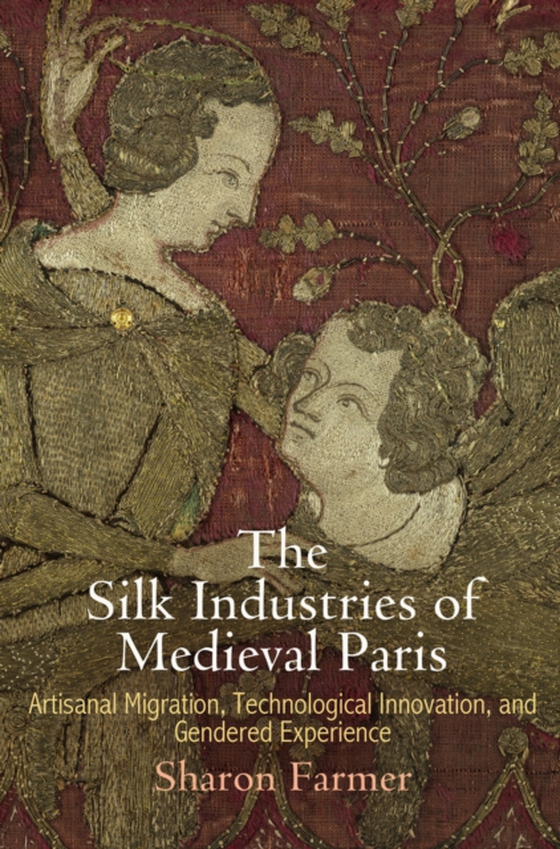
Silk Industries of Medieval Paris e-bog
1002,81 DKK
(ekskl. moms 802,25 DKK)
For more than one hundred years, from the last decade of the thirteenth century to the late fourteenth, Paris was the only western European town north of the Mediterranean basin to produce luxury silk cloth. What was the nature of the Parisian silk industry? How did it get there? And what do the answers to these questions tell us?According to Sharon Farmer, the key to the manufacture of silk li...
E-bog
1002,81 DKK
Udgivet
14 oktober 2016
Længde
368 sider
Genrer
History and Archaeology
Sprog
English
Format
pdf
Beskyttelse
LCP
ISBN
9780812293319
For more than one hundred years, from the last decade of the thirteenth century to the late fourteenth, Paris was the only western European town north of the Mediterranean basin to produce luxury silk cloth. What was the nature of the Parisian silk industry? How did it get there? And what do the answers to these questions tell us?According to Sharon Farmer, the key to the manufacture of silk lies not just with the availability and importation of raw materials but with the importation of labor as well. Farmer demonstrates the essential role that skilled Mediterranean immigrants played in the formation of Paris's population and in its emergence as a major center of luxury production. She highlights the unique opportunities that silk production offered to women and the rise of women entrepreneurs in Paris to the very pinnacles of their profession. The Silk Industries of Medieval Paris illuminates aspects of intercultural and interreligious interactions that took place in silk workshops and in the homes and businesses of Jewish and Italian pawnbrokers.Drawing on the evidence of tax assessments, aristocratic account books, and guild statutes, Farmer explores the economic and technological contributions that Mediterranean immigrants made to Parisian society, adding new perspectives to our understanding of medieval French history, luxury trade, and gendered work.
 Dansk
Dansk

